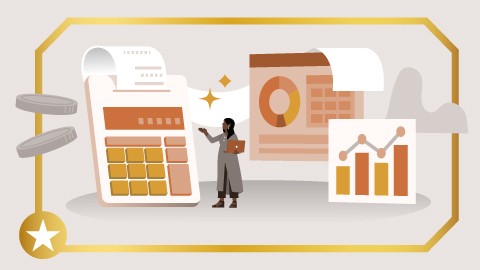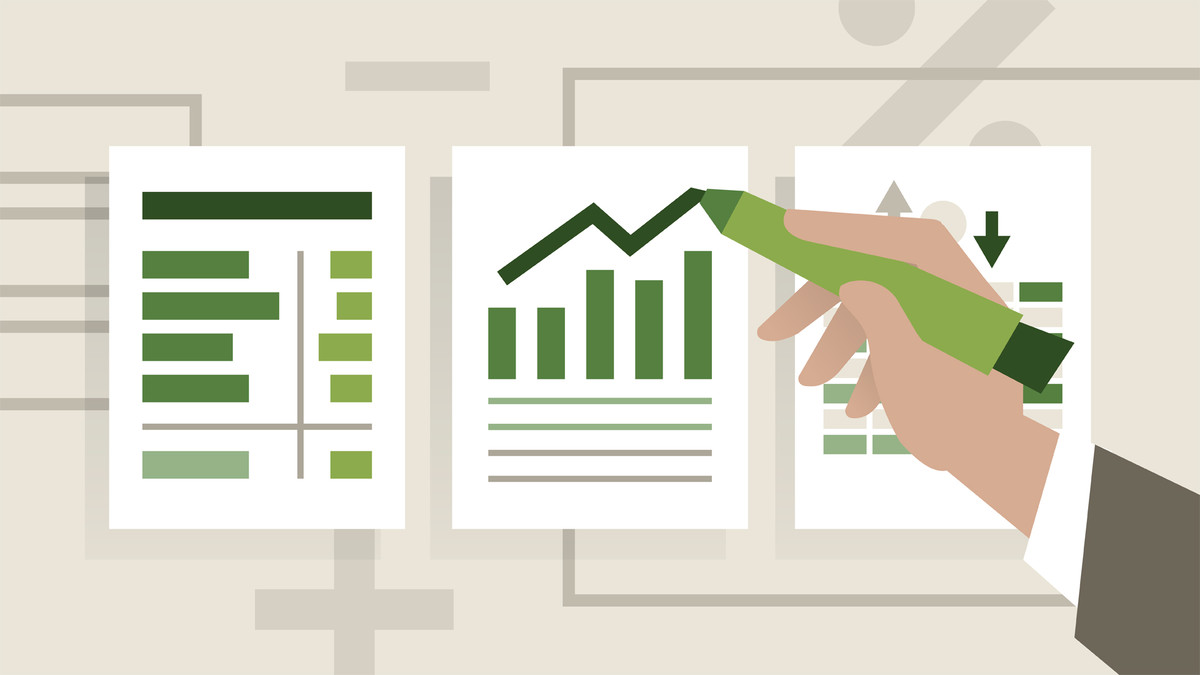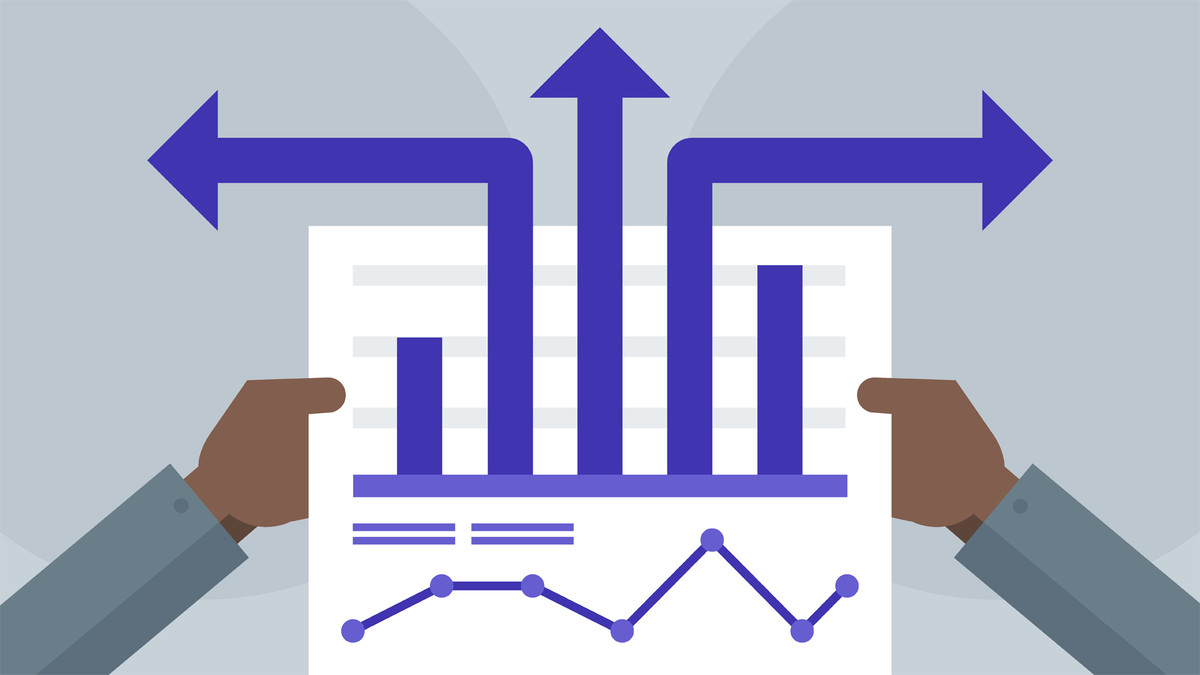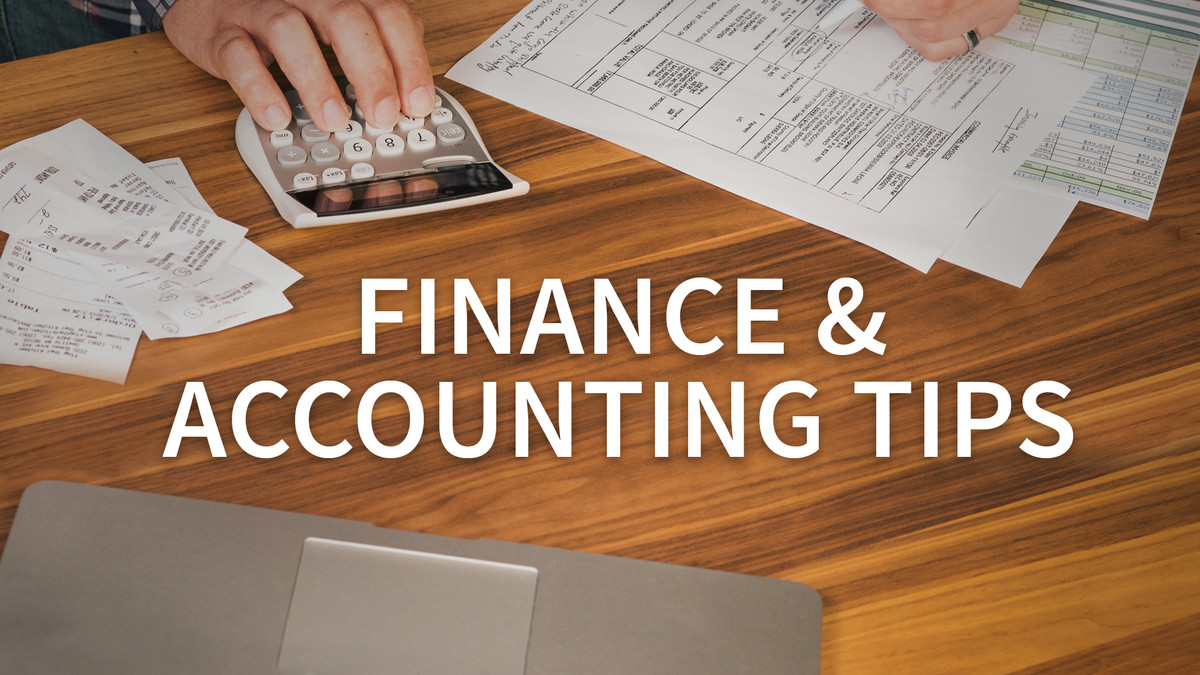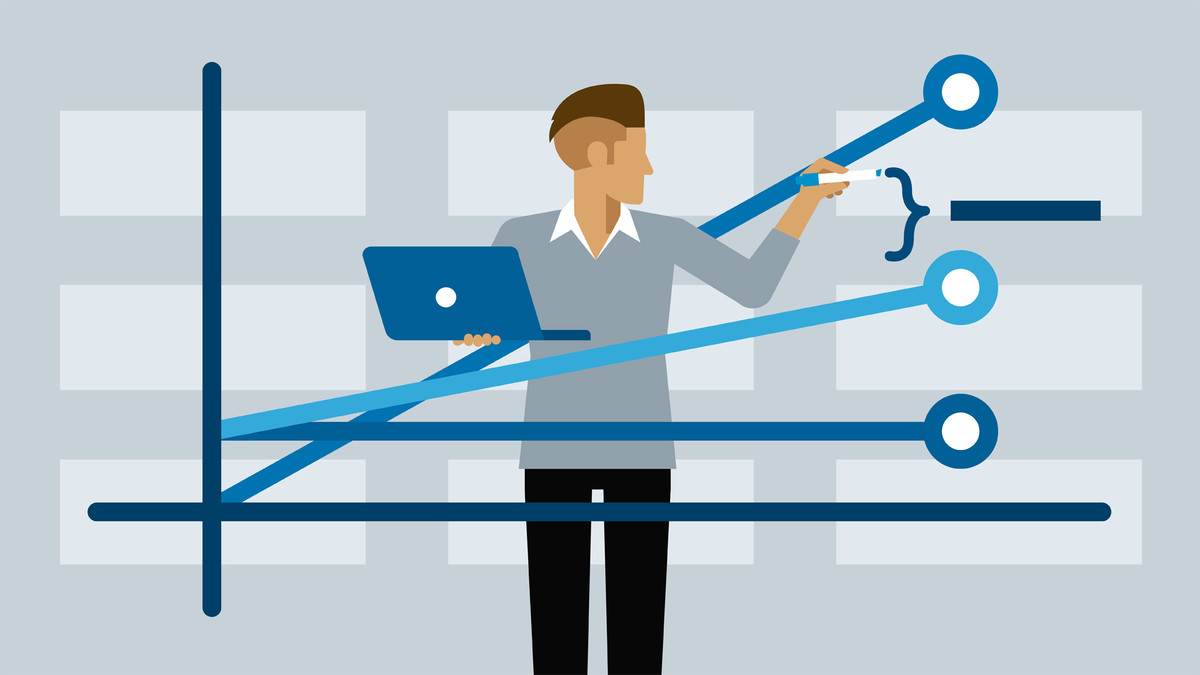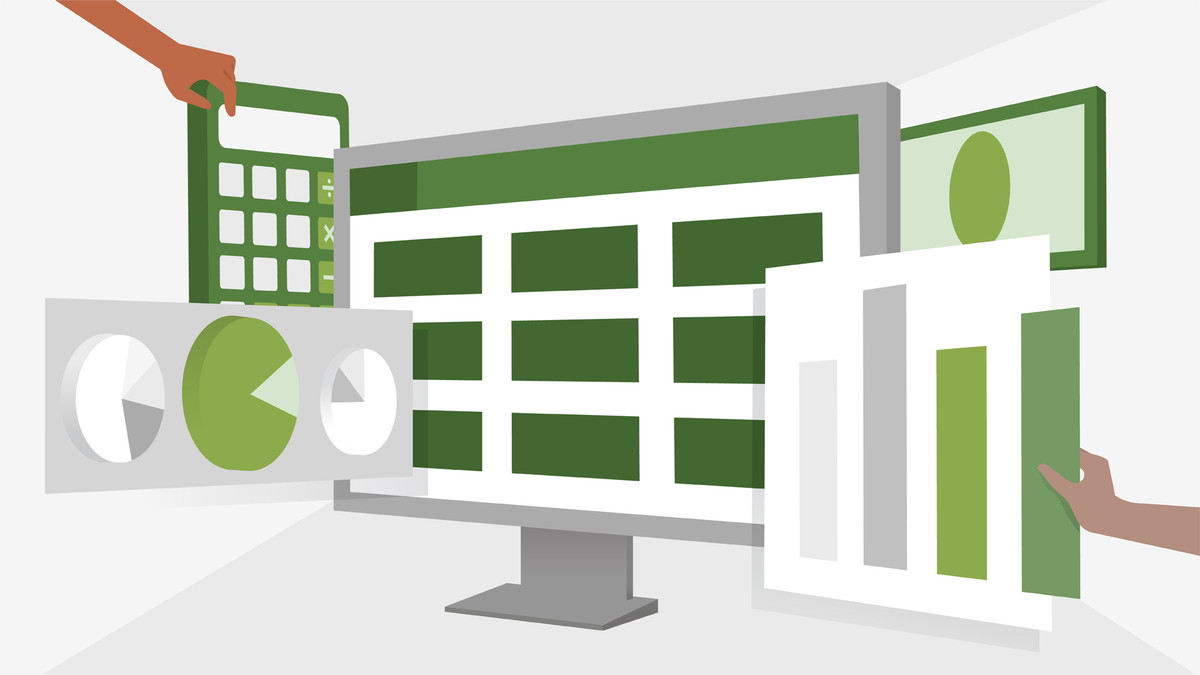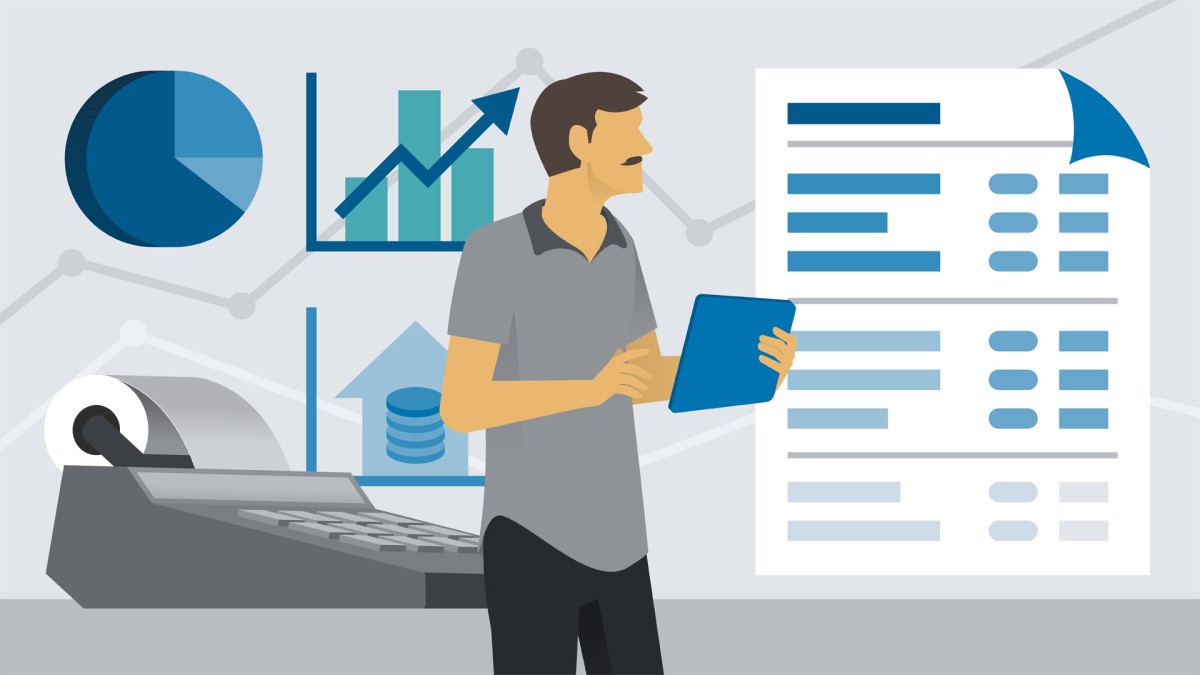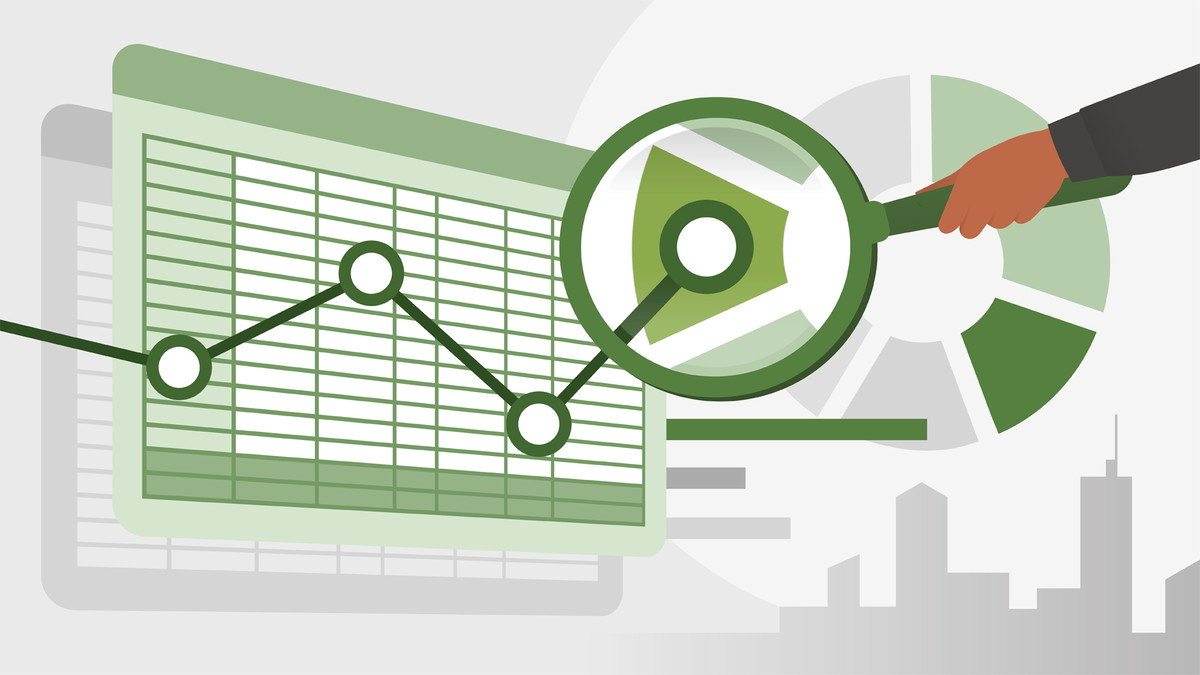آموزش حسابداری مالی قسمت 1
دانلود فایل فشرده
با توجه به امکانات آموزش و همچنین امکانات بسته انتخاب شده لینک دانلود فایل فشرده آماده خواهد شد. با در نظر داشتن این شرایط لطفا بسته مورد نظر خود را انتخاب کرده و روی دکمه درخواست لینک دانلود کلیک کنید
درخواست لینک دانلود
لطفا قبل از فعالسازی لینک دانلود به موارد زیر توجه کنید:
- پسورد فایلهای فشرده است.
- لینکهای آماده شده تا 8 روز پس از فعالسازی منقضی خواهند شد.
- حجم فایلها تخمینی هستند.
- در صورتی که لینک دانلود تا 15دقیقه پس از درخواست آماده نشد، از بخش پشتیبانی پیگیری نمایید.
یکی از مهمترین مشکلات افرادی که از آموزش های آنلاین استفاده می کنند این است به دلیل تعداد زیاد این آموزش ها، کاربر دچار سردرگمی شده و نمی داند از کدام آموزش بهتر است شروع کند و یا با کدام آموزش ها مهارت های خود را ارتقا دهد. داشتن یک برنامه آموزشی گام به گام میتواند کاربران را از این مشکلات رها کند. در واقع مسیرهای یادگیری مجموعه ای از آموزش ها هستند که به ترتیب اولویت در کنار هم قرار گرفته اند تا کاربران را از این سردرگمی ها نجات دهند. این مسیرها در موضوعات مختلفی دسته بندی شدهاند که در زیر، لیستی از همه دسته بندی مسیرهایی که توسط سایت لیندا ارائه شده اند را می توانید مشاهده کنید.
آموزش Financial Accounting Part 1 در 1 مسیر آموزشی قرار دارد. تخصص مورد نظر خود را انتخاب کنید، با مسیر یادگیری آن همراه شوید و حرفه ای شوید.
مهارت های حسابداری برای مدیریت کسب و کار و تصمیم گیری مالی اساسی است. این برنامه گواهی اصول اساسی حسابداری، از مفاهیم اولیه تا تجزیه و تحلیل مالی پیشرفته را آموزش می دهد. شما به تهیه صورتهای مالی، تجزیه و تحلیل نسبت، پیشبینی و مدیریت جریان نقدی تسلط خواهید داشت - همه مهارتهای حیاتی برای موفقیت کسبوکار. دوره ها را کامل کنید، امتحان نهایی را بگذرانید و گواهینامه خود را دریافت کنید.<br><br><span style="font-size:14px;">این گواهی توسط Xero، یک نرم افزار حسابداری مبتنی بر ابر که برای حسابداران، حسابداران و صاحبان مشاغل کوچک ساخته شده است، حمایت می شود. در <a href="https://learning.central.xero.com/student/catalog?utm_source=linkedin&utm_medium=linkedin-learning&utm_campaign=us-edu">Xero Central</a> ببینید که چگونه Xero میتواند از اهداف شما با منابع آموزشی رایگان خود پشتیبانی کند.</span>.
آموزش حسابداری مالی قسمت 1 ، ایستگاه شماره 2 در مسیر یادگیری گواهینامه حرفه ای مبانی حسابداری توسط Xero ، است.
